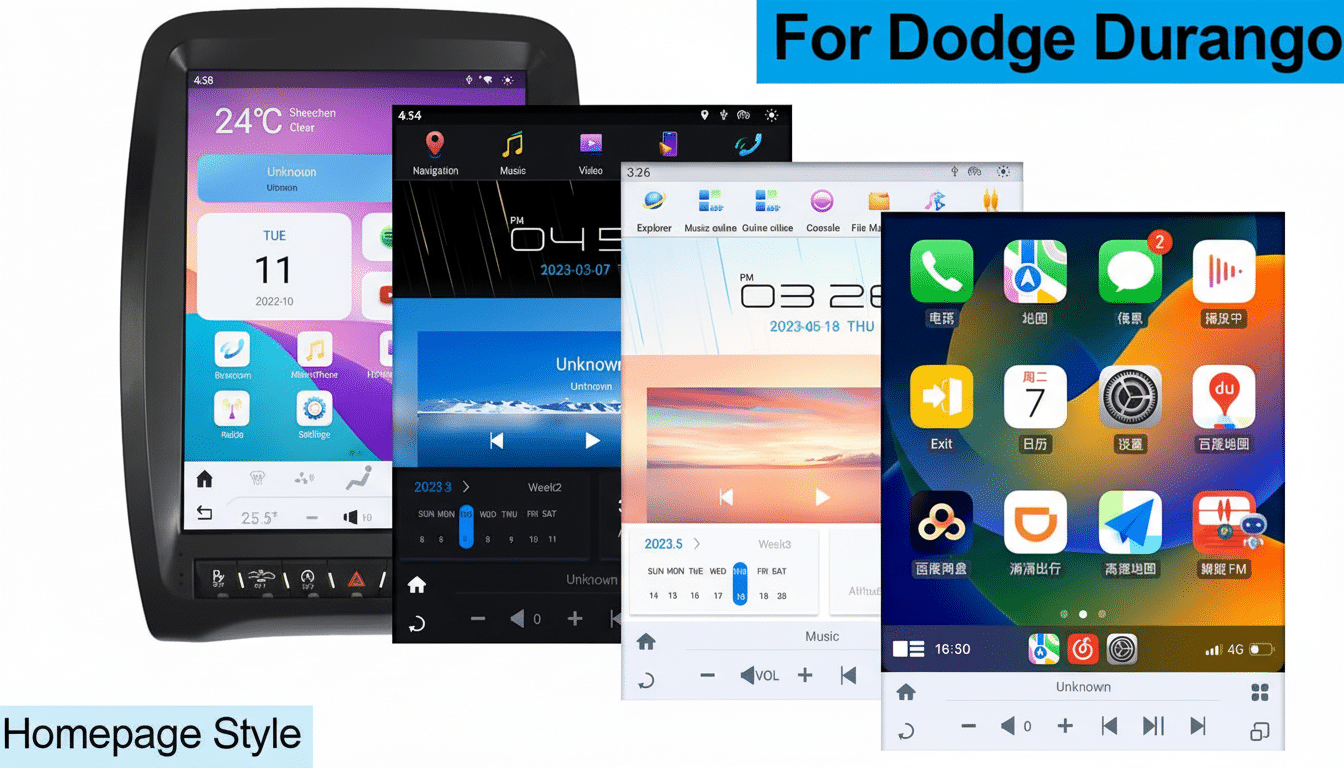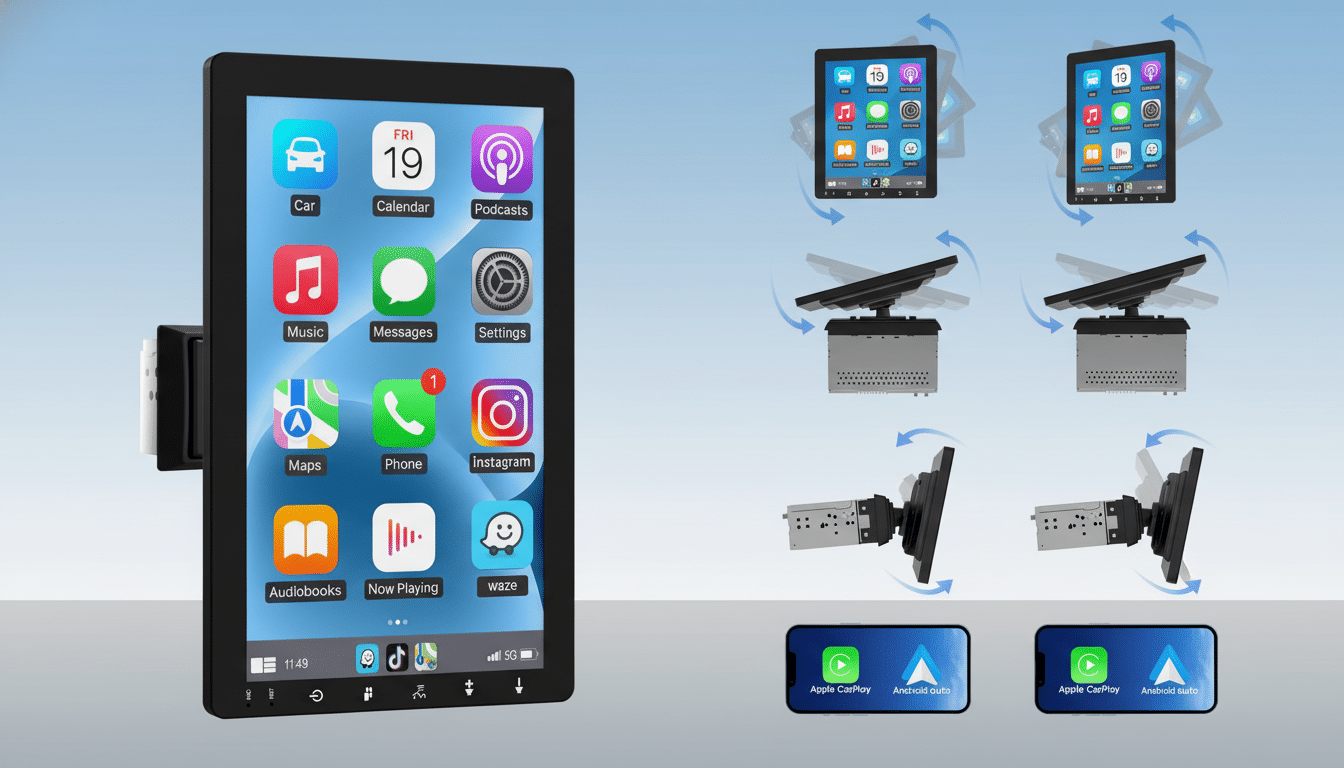A newly minted community poll of Android enthusiasts has found Active Edge to be the legacy Pixel feature that’s missed most of all, albeit by a hair-thin margin over some other old-school favorites. The realization reinforces a trend in smartphone design: Simple, dependable hardware shortcuts can be reliable earworms long after flashy gimmicks lose their luster.
Which legacy Pixel features topped the community poll
The pressure-sensitive frame, Active Edge — first seen on the Pixel 2 and remaining a part of the Pixel 3 and Pixel 4 — took another top vote. The squeeze gesture allowed people to quickly access Google Assistant or silence alarms and incoming calls without looking for corresponding on-screen buttons. Officially not customizable, it served as a tactile “extra button” that was almost impossible to trigger unintentionally — one reason it eventually developed something of a cult following.

Voters were nearly split in half, but System UI Tuner ended just one percentage point shy. That thin margin serves two desires: the desire for an elegant physical shortcut (Active Edge) versus a need for finer control of the interface (System UI Tuner).
Why the Active Edge squeeze still matters today
And nostalgia is only a small part of Active Edge’s appeal. During an age of gesture layers, overlays and configurable menus, a low-latency, eyes-off action still has remarkable force. Modern Pixels also replicate some of the convenience with a quick tap, but these back-tap gestures are inherently more finicky and prone to accidental triggering. The marketplace is proving that out when it comes to physical utility controls, too: The dedicated Action Button on recent high-end phones and longstanding alert sliders on certain Android devices are examples of hardware-first shortcuts not yet lost.
There’s also an accessibility angle. For a gloved hand, or in a walking- or motion-constraining situation, firm is easier than precise. It’s that mix of speed and reliability, combined with openness, that helps explain why what seemed like an odd idea out of 2017 still casts a long shadow today.
Other legacy Pixel features that ranked closely behind
System UI Tuner, which debuted on Pixels for Android Marshmallow all the way to Pie, gave users options to adjust status bar icons and other interface tweakables. The battery percentage toggle persists, but so much of that tweaking freedom was lost as Android adopted a more unified design language. It still stings for power users who appreciate a clean, organized status bar.
Photo Sphere took third. The feature was introduced way back in the Nexus days and supported on early Pixels, allowing 360-degree panoramic shots to be viewed in VR or shared as immersive scenes. But with the slowdown in adoption of mobile VR accessories like Cardboard, the momentum behind spherical capture waned — even as creatives remembered how delightful it was to stitch an entire scene into a single explorable image.

Soli radar gestures — called Motion Sense on the Pixel 4 — were lower on the list. The tech interpreted — with fair accuracy, I should add — hand gestures designed to skip tracks or silence alarms, and sped up face unlock by prepping the sensors just as you reached for the phone. But as Soli exited the Pixel lineup, the radar tech found a quiet second life in smart displays for presence detection and sleep tracking, suggesting that its time hadn’t quite come yet on phones.
Bringing up the rear was the long-press notification preview on app icons, formerly a useful (if unsentimental) way to peek at incoming alerts straight from your home screen. As the way we handle notifications has evolved into a more uniform, system-level approach, that launcher-specific workaround simply fell out of favor.
Other popular features some readers felt were missing
Community chatter also pointed out two missing checkboxes: rear-mounted fingerprint sensors and unlimited full-resolution Google Photos backups. The former was a common industry design direction (not exclusive to Pixel) and the latter (well, one of the twelve they played with here) is a service policy that’s already been retroactively retconned. The frequent talking up, however, highlights how utility and value — fast biometric unlock and worry-free backups — secure user loyalty.
What these poll results could mean for future Pixels
“Overall, reading the results collectively points to a clear signal: that instantaneous and reliable actions in combination with useful customization are more desirable than flashy gimmicks,” they wrote. While analysts from companies like IDC or Counterpoint are calling attention to the Pixel line’s slow rise, there’s an opportunity to remember that heritage in a new way today — be it through better Quick Tap functionality, a fully custom hardware button, a reinvestment in user-configurable system UI controls.
Active Edge’s marginal victory isn’t just a vote for the squeeze; it’s a vote against impulsivity and toward speed, intention, focus and the formal constraints of a workaday life. If next year’s Pixels tap what made those phones virtuous — while not deprecating the cleaner, more consistent Android experience Google has crafted — this old favorite will have once again been useful in pushing the platform ahead.

